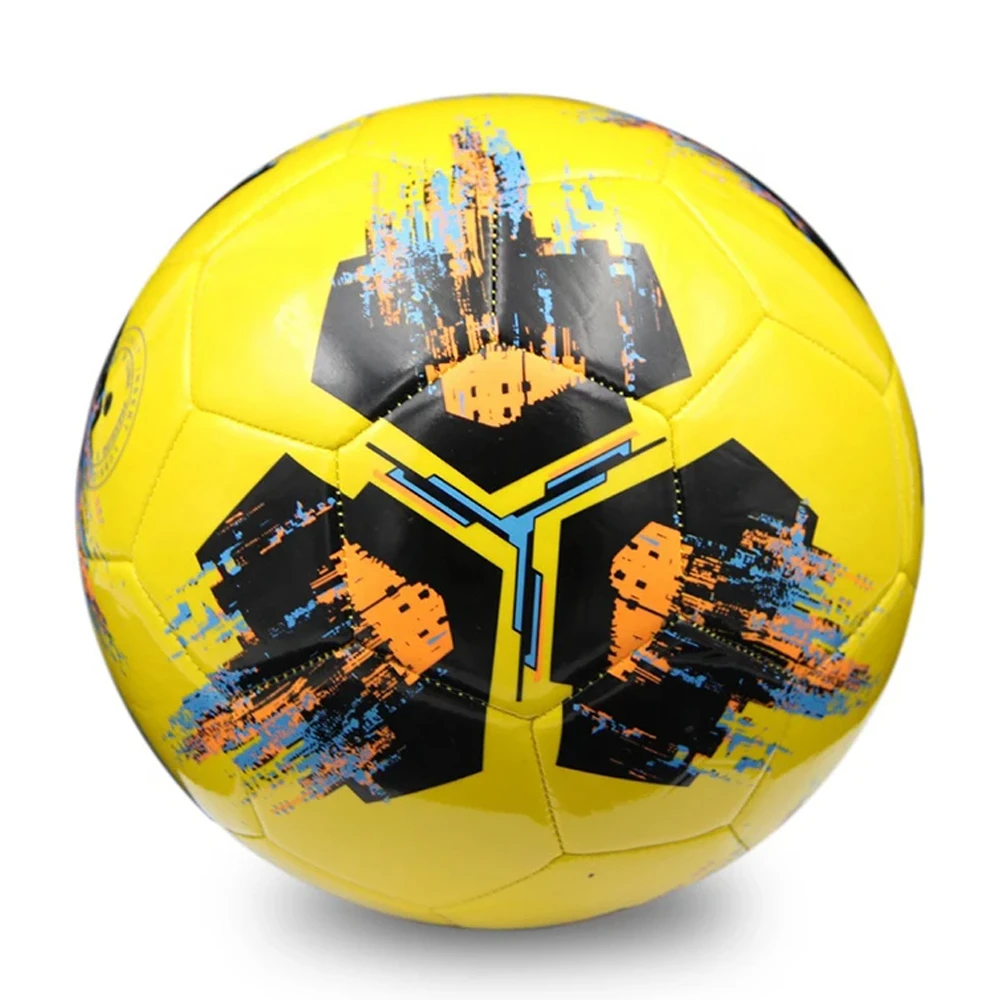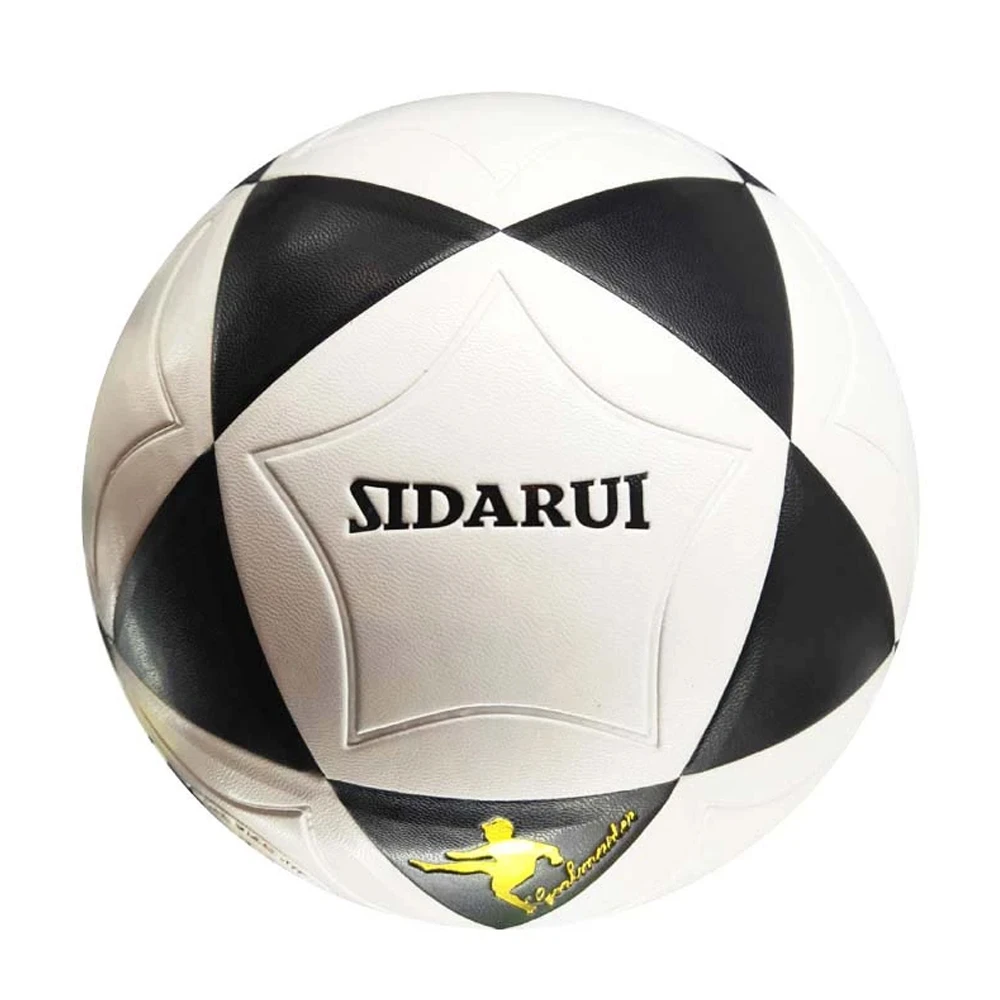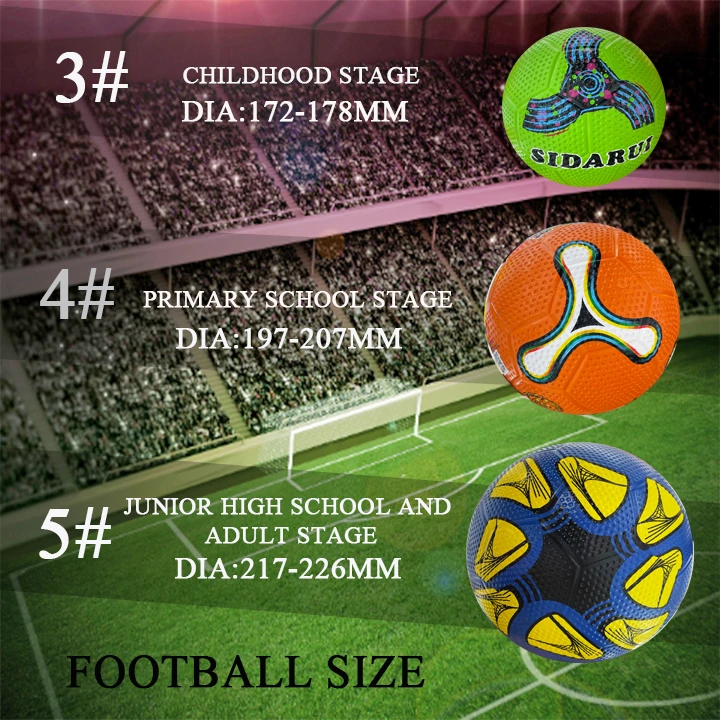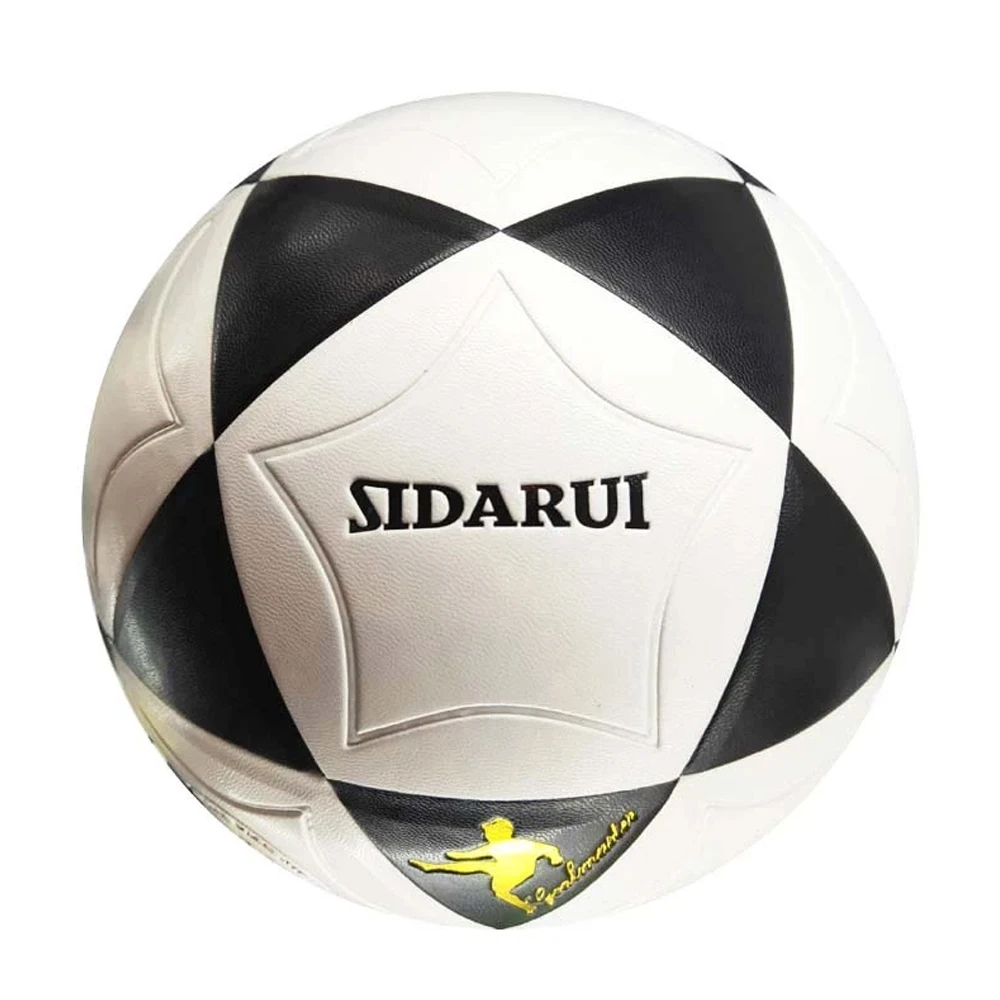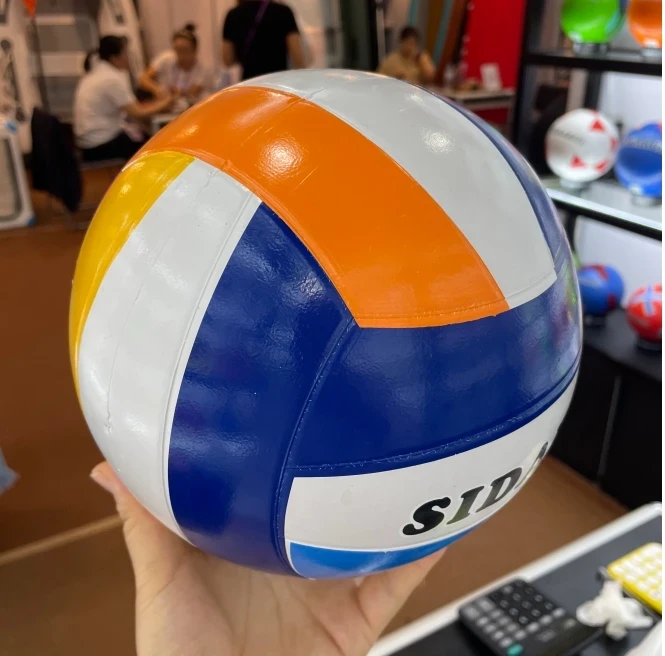Th6 . 05, 2025 01:42
Article Outline:
- Introduction to football variations and global popularity
- Technical evolution in ball manufacturing
- Comparative analysis of leading football manufacturers
- Specialized applications for different environments
- Customization options for team and league requirements
- Case studies of successful tournament implementations
- Future prospects for football development

(kinds of football)
Exploring Various Kinds of Football Worldwide
Football exists in multiple competitive formats beyond traditional 11-a-side matches. Association football maintains global dominance with over 4 billion fans, futsal has experienced 72% participation growth since 2010, and beach soccer tournaments now occur in 167 countries. The American football market generates $15 billion annually, while Australian rules football attracts over 7 million spectators each season. Gaelic football remains Ireland's most attended sport with 1.6 million stadium visits annually. These variations demonstrate how cultures worldwide have adapted the fundamental concept to local preferences.
Technical Advancements in Football Construction
Modern football manufacturing incorporates revolutionary engineering. Thermally bonded panels replaced stitching to create seamless surfaces, reducing water absorption by 90%. Nike's AerowSculpt technology embeds micro-textures for 18% improved flight stability, while Adidas' Connected Ball Technology integrates 500Hz sensors for real-time positional tracking. Wilson's NFL footballs undergo strict quality controls with just 2mm variation allowed between circumference measurements. Composite bladder systems maintain consistent air pressure with less than 0.1 PSI fluctuation during 90-minute matches.
Leading Football Manufacturers Comparison
| Brand | Materials | Pressure Retention | Tournament Usage | Durability Index |
|---|---|---|---|---|
| Adidas | 20-element polyurethane | 98.2% per week | FIFA World Cup 2022 | 9.3/10 |
| Nike | Recycled TPU | 96.7% per week | Premier League 2023 | 8.9/10 |
| Select Sport | Latex bladder | 94.1% per week | UEFA Euro 2020 | 9.1/10 |
| Wilson | Proprietary leather | 95.8% per week | NFL Seasons | 9.5/10 |
Data reveals distinctive brand advantages: Adidas excels in official tournaments needing precision, while Wilson dominates in American football reliability. Nike leads sustainability initiatives with balls made from 70% recycled content.
Specialized Applications Across Environments
Football types undergo significant modification for specific conditions. Beach footballs feature 40% lighter construction with surface perforations preventing sand accumulation. Futsal balls weigh 130g less than standard size 5 balls and contain foam padding for reduced bounce. Indoor turf balls incorporate rubberized coatings for 17% improved surface grip. High-altitude versions utilize reinforced bladder chambers to counter pressure differentials. For snowy conditions, manufacturers apply hydrophobic nanocoatings preventing snow adhesion and maintaining visibility.
Customization Solutions for Teams
Professional clubs implement tailored specifications for competitive advantages. Liverpool F.C. uses balls with 0.05mm thicker casing for wet conditions, reducing water absorption by 22%. MLS teams employ varied panel configurations optimizing ball behavior for artificial turf versus grass. College football programs select custom bladder pressures from 12.5-13.5 PSI according to quarterback preferences. Graphic customization incorporates advanced UV printing lasting over 300 hours of play without fading. Elite teams utilize 3D scanning technology to create player-specific balls matching palm dimensions.
Tournament Application Case Studies
Qatar 2022 World Cup featured the Al Rihla ball with connected technology broadcasting positional data 500 times per second to VAR systems. Data showed 32% faster offside decisions compared to previous tournaments. In the NFL, Wilson's footballs underwent seven-stage manufacturing producing just 120 daily. NCAA testing revealed 99.4% pressure consistency across championship games. Australia's National Beach Soccer League reported 27% scoring increase after switching to dimpled-surface balls reducing unpredictable bounces in sand.
The Evolving Landscape of All Kinds of Football
Football development continues progressing through material science and digital integration. Manufacturers currently test graphene-enhanced synthetics promising 300% increased abrasion resistance. Smart football adoption is projected to reach 27% market penetration by 2028, with microchips providing real-time analytics. Sustainable production methods now allow brands to reduce carbon emissions per ball by 63%. Continued specialization will yield sport-specific variations addressing unique gameplay requirements across different kinds of football
worldwide.

(kinds of football)




